The best things come to those who wait, it is said, and perhaps nowhere is that truer than in Champagne. In a region where patience is deliciously rewarded, Champagne Gosset is pushing the boundaries with its newly released non-vintage Champagne with over 21 years of lees ageing.
The idea that non-vintage Champagne can age as well as vintage can is a concept that Gosset is keen to show with its Comptes d’Âge range, and one it believes doesn’t exist elsewhere in Champagne. In 2016 Gosset released the first of its Comptes d’Âge (indicated ageing) cuvées, the 15 ans de cave a minima Brut, a non-vintage Champagne aged for over 15 years on the lees.
In 2020 the 12 ans de cave a Minima Brut followed, before the rosé version of the 12 ans in 2023. Gosset says that the Comptes d’Âge wines are the ultimate expression of what true Champagne is. Vintage Champagne is a small part of production in the region, non-vintage the rule rather than the exception and it wants to show that even non-vintage Champagne can age.
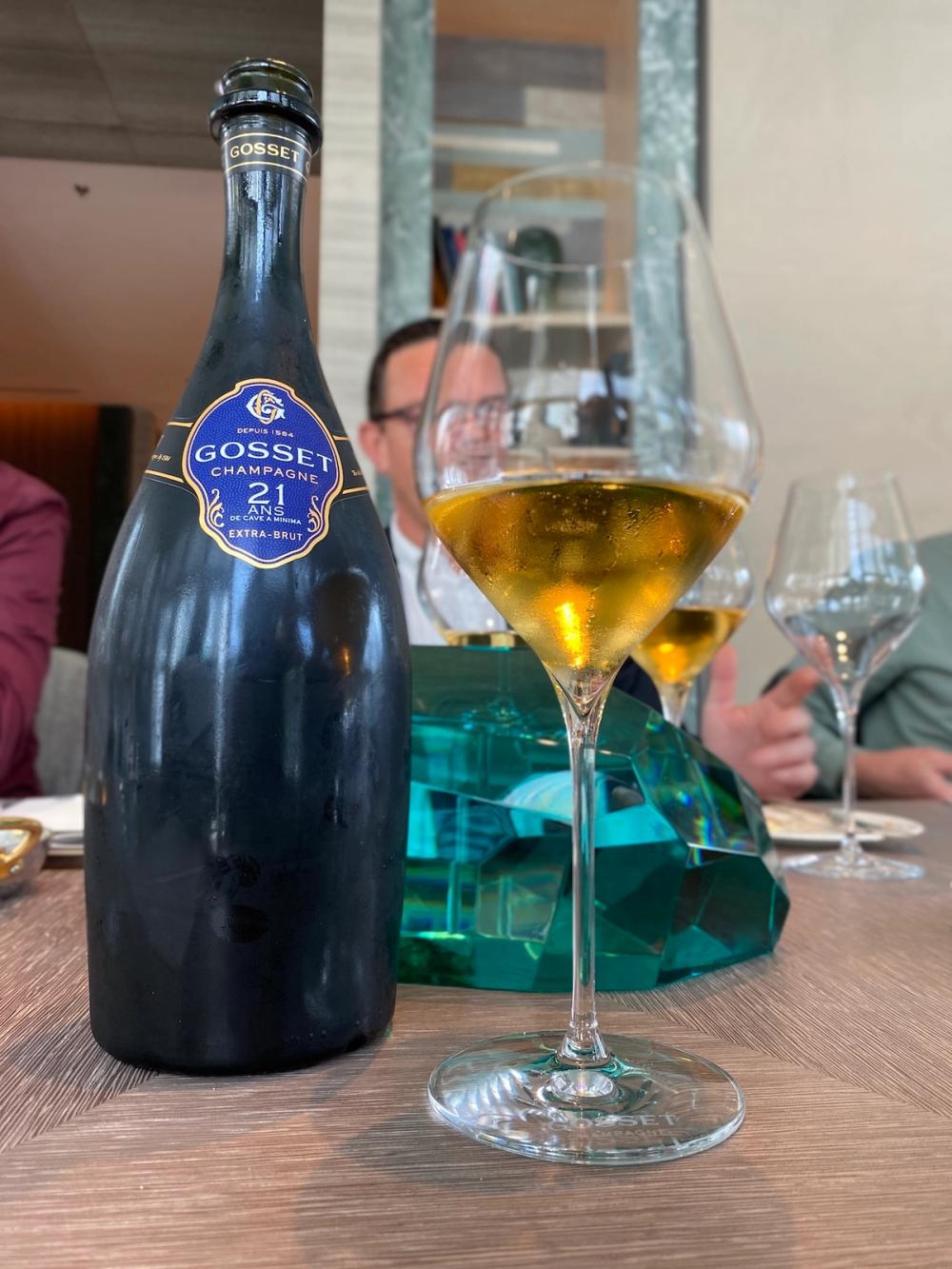
Comptes d’Âge cuvées aim to show that even non-vintage Champagne has a long maturation potential
Time and ageing - the key factors
Head winemaker Odilon de Varine believes time spent on the lees is more important than any other winemaking criteria.
“The idea is to show that time and ageing are key factors in making Champagne. We all need more time, Champagne is like us, and with time, it takes on more depth, more richness, more deliciousness, and it’s this concept that we have developed”.
That concept was born in some capacity as far back as 1999, when the 15 ans was bottled. Whatever the reason for doing so at that time, additional non-vintage blends with younger base wines were put aside for similar ageing, even before the first Compte d’Âge was released. Tasting the wines over the years must have convinced the chef de cave of the potential of these cuvées.
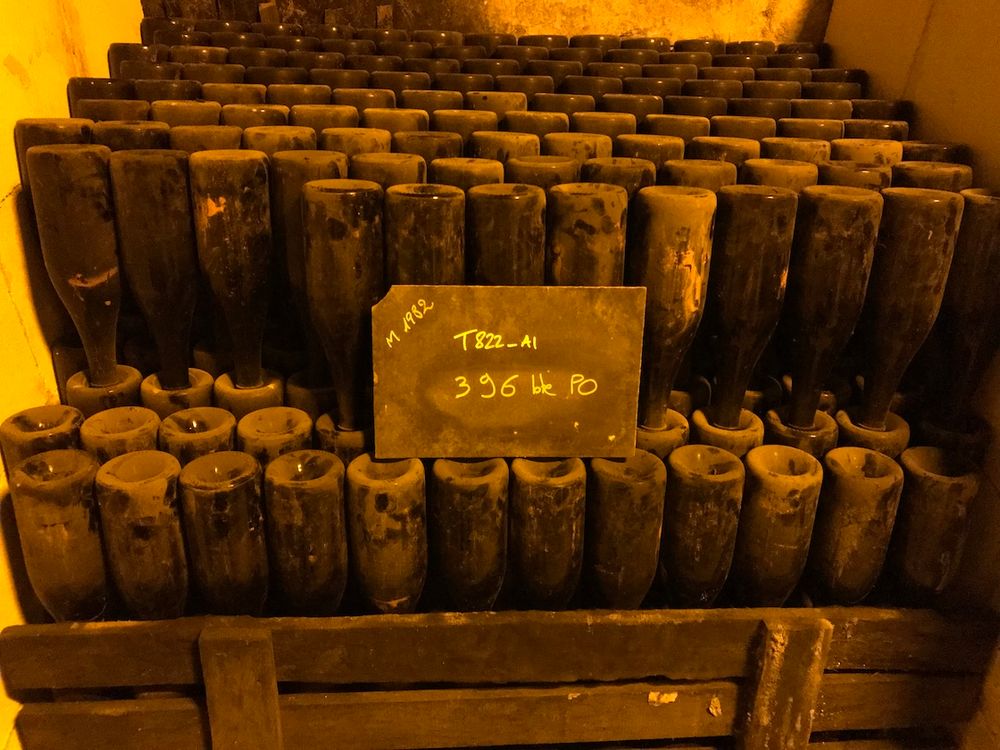
Comptes d’Âge gives people an experience usually reserved for cellar masters
Why has a Compte d’Âge of 21 years been released now?
The answer it seems, is not purely for the marketing. If the wine had been ready with 19 or 20 years of ageing, that is when it would have been released. “The wines decide” says Thibaut Le Mailloux, marketing & communications director at Champagne Gosset, who prefers the word maturation over ageing, a nuance meant to show the wine is only released when ready: “quality comes above everything.”
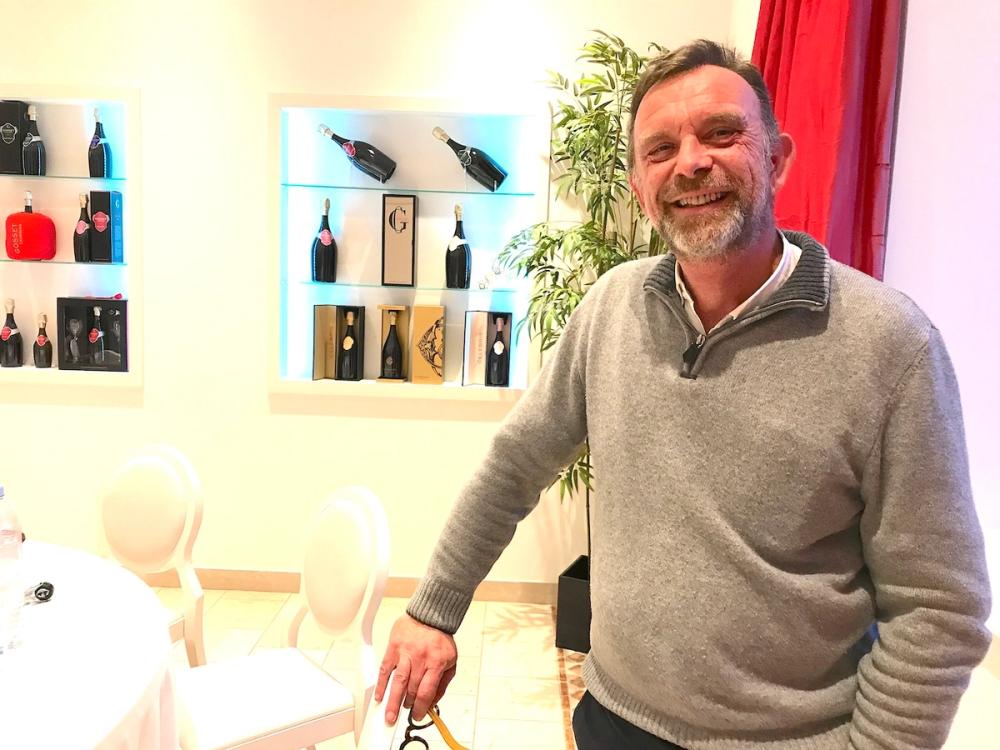
Gosset head winemaker Odilon de Varine
The idea behind the Comptes d’Âge range is to give people an experience usually reserved for cellar masters – the chance to taste something out of the ordinary, cuvées put aside as an experiment. With 7,000 bottles of the 12 ans de minima rosé produced, attempts to label that as merely ‘an experiment’ may be hard to believe, so what was it that made the winemakers so certain these Champagnes could age so well?
The avoidance of malolactic fermentation in Gosset’s Champagnes is a critical element, with high acidity giving ageing potential and an ability to retain freshness. As Odilon de Varine explains:
“With the “Comptes d’Âge” cuvées, we aim to show that Champagne is a wine, a wine that can mature, and that even non-vintage Champagne has a long maturation potential and can become a vin de garde, especially with the Gosset winemaking technique (we keep the malic acid, in order to maintain the highest possible level of freshness and fruitiness in our wines)…These rare cuvées also offer Champagne in a different kind of balance between freshness and maturity.”
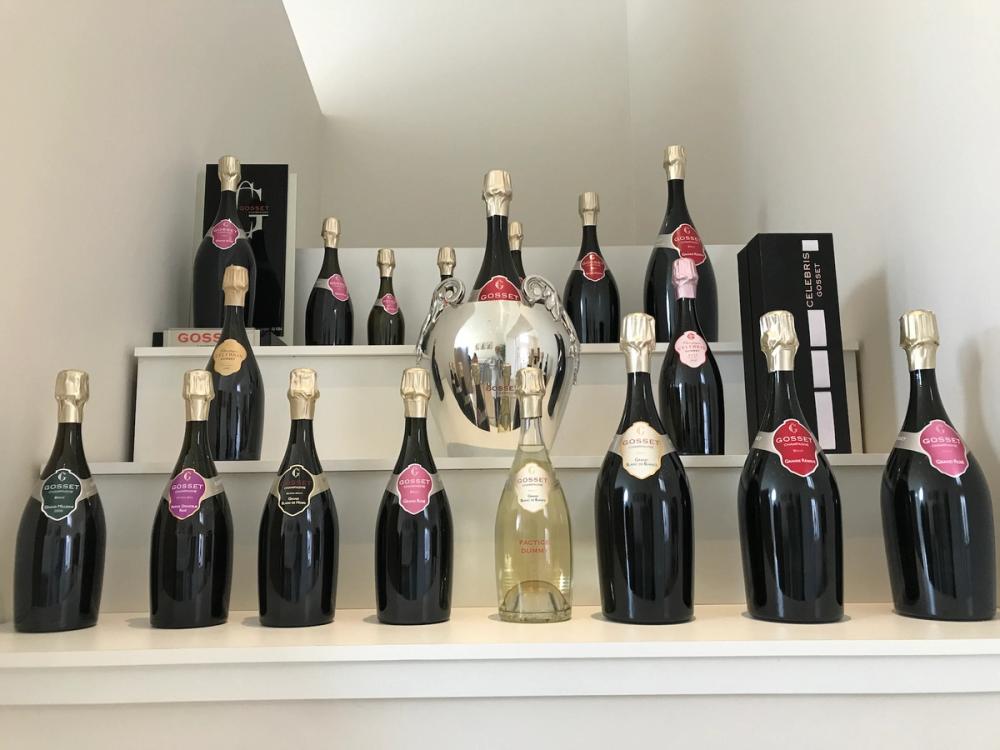
The focus on winemaking rather than Champagne-making is a distinction seen throughout Gosset’s range
Made on a smaller scale than the 12 ans rosé, the limited production of 1200 bottles of the 21 ans brings it firmly into the sphere of collectors and rare wine lovers, priced for direct sales at €350. Marketed in a simple wooden box with a serial number and certificate of authenticity, it intentionally looks to emulate a fine wine from Bordeaux or Burgundy rather than a Prestige Cuvée.
The focus on winemaking rather than Champagne-making is a distinction seen throughout Gosset’s range, with the vinosity of its Champagnes often highlighted in communications. De Varine’s predecessor, Jean-Pierre Mareigner said: “At Gosset, we produce a wine first and foremost, the bubbles only add to its beauty”.
In the 21 ans, Chardonnay makes up the majority (57%) of the blend, bringing finesse and elegance, while Pinot Noir adds fruitiness and structure. Although 12 villages are named on the technical information, these are not the only source. Le Mailloux explains that although grapes are used from Grand Cru and Premier Cru sites, Gosset also sources fruit from less well-known sites, for example using Chardonnay from villages better known for Pinot Noir to give additional minerality and a different character. This diversity, Gosset believes, is key.
Made as an Extra Brut, the 21 ans has a dosage of 3g/L, carefully chosen to balance the freshness and avoid masking the purity of the wine’s character. A minimum of 21 years on the lees followed cellaring in June 2001. After disgorgement the bottles are returned to the cellars for at least six months to allow the dosage to integrate.
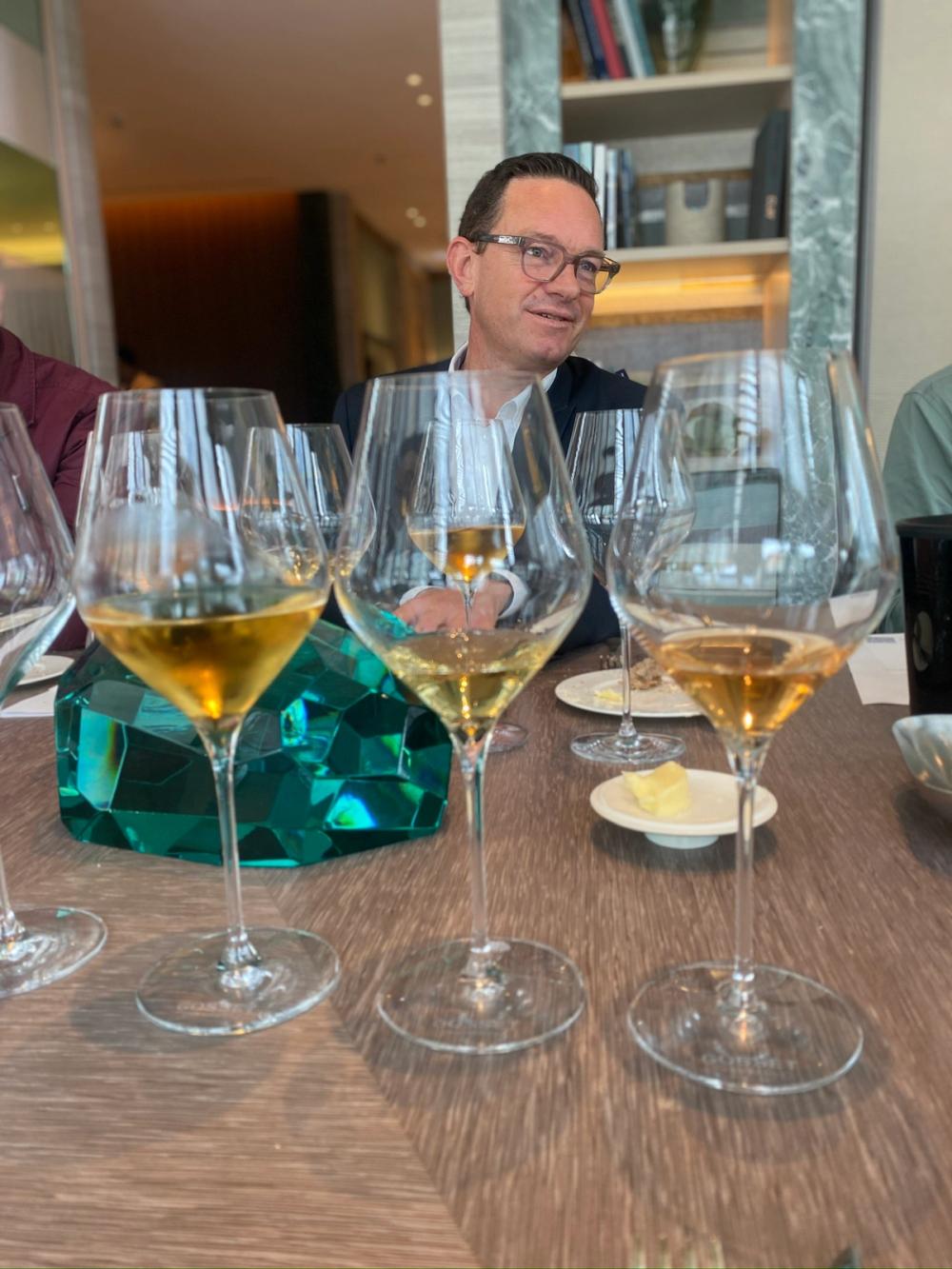
Gosset's Thibaut Le Mailloux prefers the term 'maturation' over 'ageing'
Based on the 2000 vintage, up to 5% reserve wines are included in the blend. The wine has evolved into rich Marmite aromas alongside dried stone fruits, honey and burnt caramel, with an amazing acidity remaining on the palate, where preserved lemon mingles with an umami nuttiness before a surprisingly fresh and mineral finish. An excellent example of Gosset’s assertion that power is not a contradiction to elegance and delicacy.
And after this ‘ode to maturity’? Perhaps the best kept secret is what will come next. As in the past, any future releases of the Comptes d’Âge may not follow a linear pattern, because, as Le Mailloux points out, evolution of Champagne in bottle is not linear. New releases may be ready after less maturation time, or after even longer than 21 years, but potential cuvées are currently under wraps even within the company itself: “the chefs de cave are even more secretive about the ageing of these wines than they are of other Champagnes.”
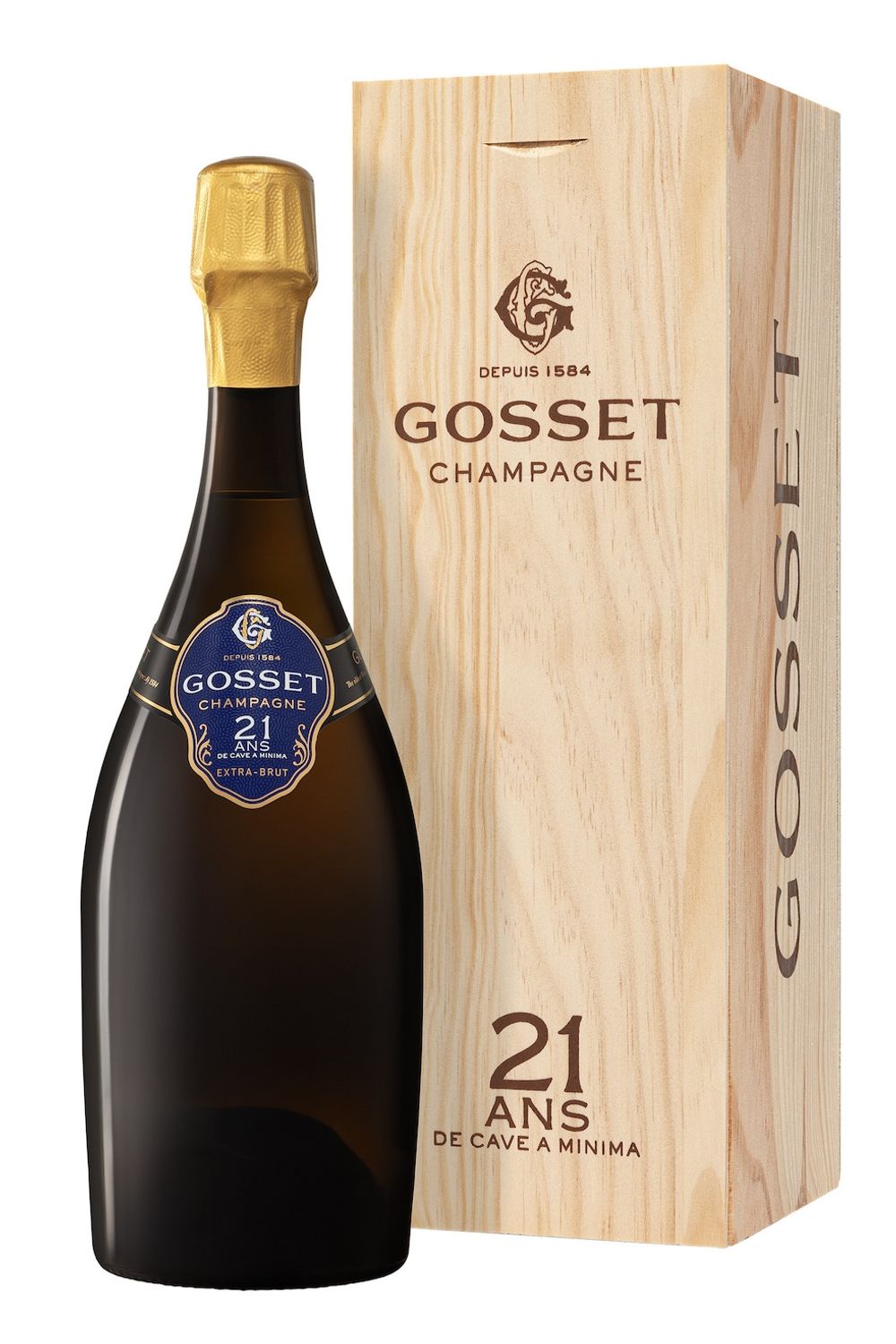
Gosset 21 ans de cave a minima Extra Brut and the other Gosset Champagnes are imported and sold in the UK through Louis Latour Agencies which is a commercial partner of The Buyer. To discover more about them click here.
































